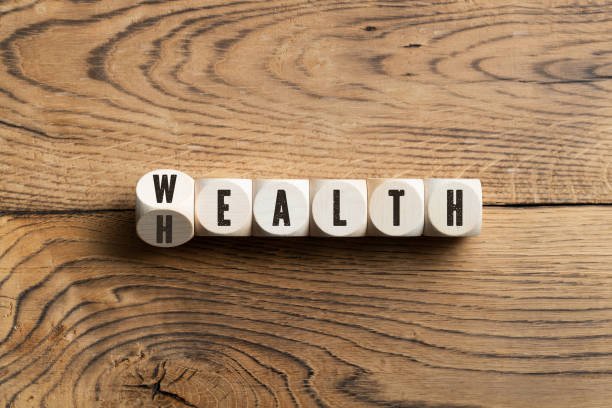Introduction: Why Health Equity Matters More Than Ever
In 2025, health equity has become a central focus for policymakers, healthcare providers, and communities across the UK. As disparities in healthcare outcomes continue to challenge our systems, it is critical to distinguish between health equity and health equality. While equality means giving everyone the same resources, equity is about giving people what they need to achieve the same outcomes.
This guide breaks down the concept of health equity, tools like the Health Equity Assessment Tool (HEAT), and the practical applications of equitable healthcare policies, from HSA and FSA tools to customer support, real-world examples, and more.
What Is Health Equity?
Health equity means that every individual has a fair and just opportunity to attain their highest level of health. This requires removing obstacles such as poverty, discrimination, and deep-rooted systemic barriers.
Health Equity vs Health Equality
| Concept | Health Equality | Health Equity |
|---|---|---|
| Definition | Everyone gets the same support | Support based on individual needs |
| Goal | Equal inputs | Equal outcomes |
| Example | Same clinic access for all | Extra services in underserved areas |
Key Principles of Health Equity
Health equity in the UK is shaped by the following guiding principles:
- Prioritise diversity, equity, and inclusion
- Target the most vulnerable populations first
- Design policies that are sustainable and evidence-based
What Is the Health Equity Assessment Tool (HEAT)?
The HEAT tool is a structured document that allows professionals to assess how their work affects health equity. It is accessible via official government portals and consists of four core stages:
- Prepare – Understand the policy/programme context
- Assess – Identify health inequalities your work may influence
- Refine and Apply – Integrate feedback and strategies
- Review – Measure impact and use findings to improve future efforts
Examples of Health Equity in Practice
- Mobile Clinics: Bringing healthcare to remote or underserved areas
- Multilingual Mental Health Helplines: Bridging cultural and language gaps
- Free Nutritional Classes in Low-Income Areas: Promoting preventive care
- Flexible GP Appointments for Shift Workers
These interventions illustrate the UK’s growing commitment to inclusive healthcare delivery.
Accessing Health Equity Tools and Services
Health equity goes beyond policy. It includes day-to-day tools that improve individual access:
1. Health Equity HSA (Health Savings Account)
- Tax-free savings to cover medical expenses
- Often used in employer-sponsored health plans
2. Health Equity FSA (Flexible Spending Account)
- Allows employees to set aside pre-tax income for health costs
- Useful for planned procedures or childcare needs
3. Health Equity Login Portal
- Customers can track spending, upload receipts, and manage reimbursements
4. Health Equity Store
- An online marketplace for FSA/HSA-approved items like first-aid kits, prescriptions, and wellness items
5. Customer Service & Support
- Toll-free assistance lines and multilingual support teams make access easier for diverse communities
Health Equity in the UK Healthcare System
The NHS and local trusts have begun embedding equity principles into their models. Some key initiatives include:
- Digital Inclusion Campaigns for elderly or rural populations
- Cultural Competency Training for staff
- Partnerships with Community Health Workers (CHWs) to extend outreach
- Data-Driven Equity Mapping to locate disparities and deploy resources
The 4 Pillars of Health: Supporting Equity
| Pillar | Description |
| Nutrition | Access to affordable, healthy food options |
| Exercise | Safe spaces and programmes for physical activity |
| Relaxation | Support for mental health and stress management |
| Sleep | Public awareness on rest and sleep hygiene |
Health Equity and Workplace Safety
Workplace safety is critical to equity. Key components:
- Adequate training and welfare provisions
- Safe working conditions
- Ongoing health assessments
These ensure every employee, regardless of background, works in a healthy and secure environment.
FAQs About Health Equity
1. What is the main difference between health equity and equality?
Equality treats everyone the same; equity provides based on need.
2. What are examples of health equity in the UK?
Services like mobile clinics, nutrition education in underserved communities, and inclusive mental health programmes.
3. What is the HEAT tool and who should use it?
A self-assessment tool for health organisations, helping ensure equitable programme design.
4. How does Health Equity HSA/FSA work?
They let individuals save money tax-free for health-related expenses.
5. Can health equity improve national health outcomes?
Yes. By closing the care gap, countries achieve better population health and lower long-term healthcare costs.
6. What are the three Cs of One Health?
Communication, coordination, and collaboration between human, animal, and environmental health sectors.
7. What are common health inequalities?
Higher mortality rates, less access to care, chronic disease prevalence in low-income or minority groups.
8. What role does data play in health equity?
It identifies gaps in services and helps policymakers deploy targeted solutions.
9. How does health equity apply to ageing populations?
Access to digital tools, home care support, and geriatric specialists can help seniors achieve equal health outcomes.
10. What are the four principles of prudent healthcare?
Co-production, prioritising need, evidence-based care, and reducing unnecessary interventions.
Final Thoughts
Health equity is not just a goal—it’s a practice. From NHS initiatives to tech-enabled HSA/FSA platforms, the UK is making strides in building a system where everyone has the opportunity to be healthy. Tools like the HEAT framework ensure ongoing progress, while community-based interventions tackle inequalities at their root.



